Professor Stephan Pleschka | Professor M Lienhard Schmitz – The Influenza A Genotype and Cell Signalling Networks
Influenza viruses pose a major threat despite advances in vaccine and drug development. Research into the cellular and molecular mechanisms that drive influenza viruses aims to reveal new drug targets to fight disease. However, information on the molecular mechanisms of how influenza viruses infect and replicate in host cells is currently limited. As part of the German Collaborative Research Centre 1021 (CRC1021), Professors Stephan Pleschka and M Lienhard Schmitz at the Justus Liebig University Giessen in Germany are exploring the impact of the genetic variability of influenza viruses on the interactions between the virus and host cell that regulate viral infection and replication.
From Birds to Humans
Influenza A viruses (IAVs) are a type of flu virus responsible for contagious respiratory disease. Originating from birds, these viruses have also adapted to humans leading to seasonal epidemics. Their genome sequence is constantly changing, making it difficult for scientists to create effective vaccines against them. IAVs have a genome made up of eight single-stranded ribonucleic acid (RNA) segments that can encode up to 17 proteins.
When a cell is infected with an IAV, the virus takes over most of the cell machinery in order to replicate, essentially becoming an intracellular parasite. Upon co-infection of one cell with two different IAVs, there is a high potential for the exchange of complete genome segments resulting in reassortant viruses with new characteristics, including the potential for the infection of species other than birds. Infections of new hosts – such as humans – with these reassortant viruses can result in pandemic outbreaks, which can cause severe disease due to a lack of existing immunity in the new hosts.
When a cell in the human body is infected with a virus it launches an immune response against the virus. However, these molecular mechanisms are not yet fully understood. When an IAV infects a cell, specific proteins are activated inside the cell that can themselves activate other proteins and molecules in a large signalling network, leading to a response that will repel the virus or conversely, help the virus to replicate.

Many of these signalling proteins that are activated by an IAV are first activated by the addition of a phosphate group (one atom of phosphorus bound to four oxygen residues) in a biochemical reaction known as phosphorylation. Phosphorylation is reversible and regulates protein function, a protein’s localisation within the cell, the formation of groups of proteins called complexes, and the degradation of proteins. It is estimated that most cellular proteins can be phosphorylated in a constitutive or stimulus-regulated manner. The phospho-proteome constitutes all the proteins that are phosphorylated in a cell at a given time point or as the result of an event (in this case, IAV infection).
A change in phosphorylation status can affect many features of a protein, such as localisation, protein/protein interactions or activity. Therefore, studying the phosphorylation of proteins can provide clues on which protein or pathway is activated. In the case of an IAV, where cellular protein activation might be necessary for efficient virus replication, it could also indicate what proteins might be potential drug targets.
In cells, phosphate groups are transferred to proteins by specialised proteins called kinases, that catalyse the transfer in a rapid biochemical reaction. However, specifically which proteins become phosphorylated in cells when they are infected with an IAV has not been clearly established. It is also not well known how host cells react to infections with different types of IAV.
Professors Stephan Pleschka and M Lienhard Schmitz at the Justus Liebig University Giessen, in Germany, have been studying kinases and the protein phosphorylations that occur when cells are infected with an IAV in an attempt to identify and deduce their molecular mechanisms.
In order to understand how virus-induced phosphorylation contributes to the ability of an IAV to infect a new host, Professors Pleschka and Schmitz are analysing the phosphorylation pattern of cells infected with adapted and non-adapted IAVs. Importantly, unravelling the signalling network adaptations of IAV-infected cells could be the first step in designing drugs that block specific phosphorylation events and therefore might impair virus replication.
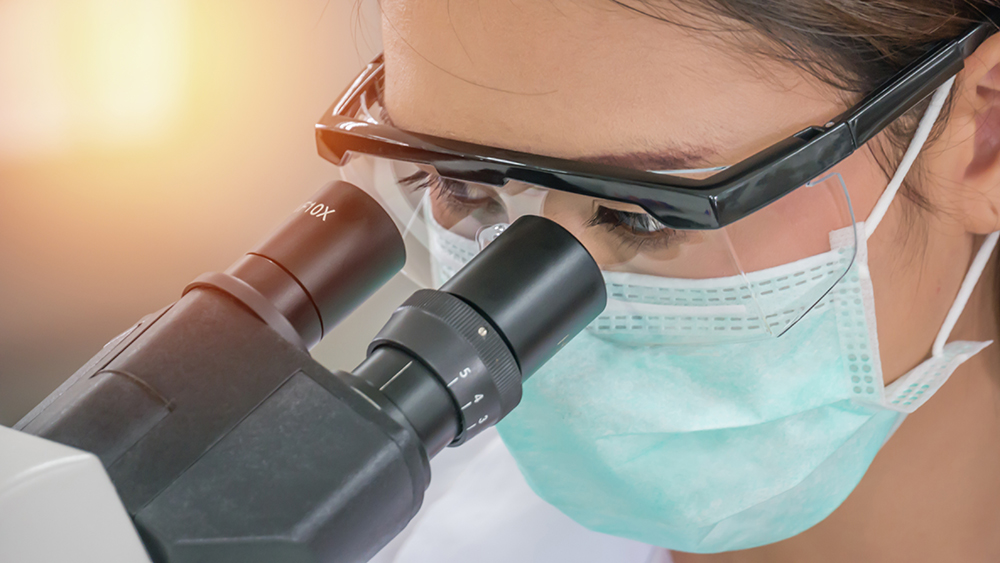
Identification of the IAV-regulated Phosphoproteome
In one recent study, Professors Pleschka and Schmitz infected mouse lung epithelial cell cultures (MLE-15) with two virus variants known as SC35 (adapted to infect chicken cells) and SC35M (adapted to infect mice). They then collected cell extracts at early and late time points to see which proteins were phosphorylated. They found that whether phosphorylation of a specific protein or complex occurred depended on which virus variant (mouse or bird adapted) was used to infect the host cell.
They teamed up with the group of Professor Michael Kracht (Justus Liebig University Giessen) who is also a member of the CRC1021. Professor Kracht’s expertise in the bioinformatic analysis of phosphoproteomic data allowed in-depth analysis and new signalling pathways to be deciphered. The analysis of phosphorylation sites that both viruses had in common revealed over 1,000 new IAV-regulated phosphorylations of proteins inside the MLE-15 cells, as well as of viral proteins. This study revealed the involvement of major signalling pathways and protein complexes, and identified new phosphorylation sites on viral proteins. In addition, the researchers determined several kinases that were themselves phosphorylated as a result of regulation by an IAV.
Kinases phosphorylate other proteins but, in addition, can themselves be phosphorylated at certain sites within the enzyme. Kinases contain a crucial region (known as the activation loop) that is required to be activated for the protein to catalyse phosphorylation reactions. The researchers, therefore, studied the phosphorylations in the activation loop of kinases in cells infected with IAV viruses and identified many pathways that are involved in cell adhesion, metabolic pathways, cancer, and cell cytoskeleton (protein filaments in the cell that provide structure) organisation.
To determine the relevance of selected kinases for IAV replication, Professors Pleschka and Schmitz will now infect the cells with SC35 or SC35M IAV viruses and determine if either virus variant can still replicate when specific kinases are blocked. Future experiments will thereby identify kinases with a detectable effect on IAV replication. In a proof of principle study based on this approach and using a specific inhibitor, they have already identified that a specific kinase is important for efficient IAV replication.
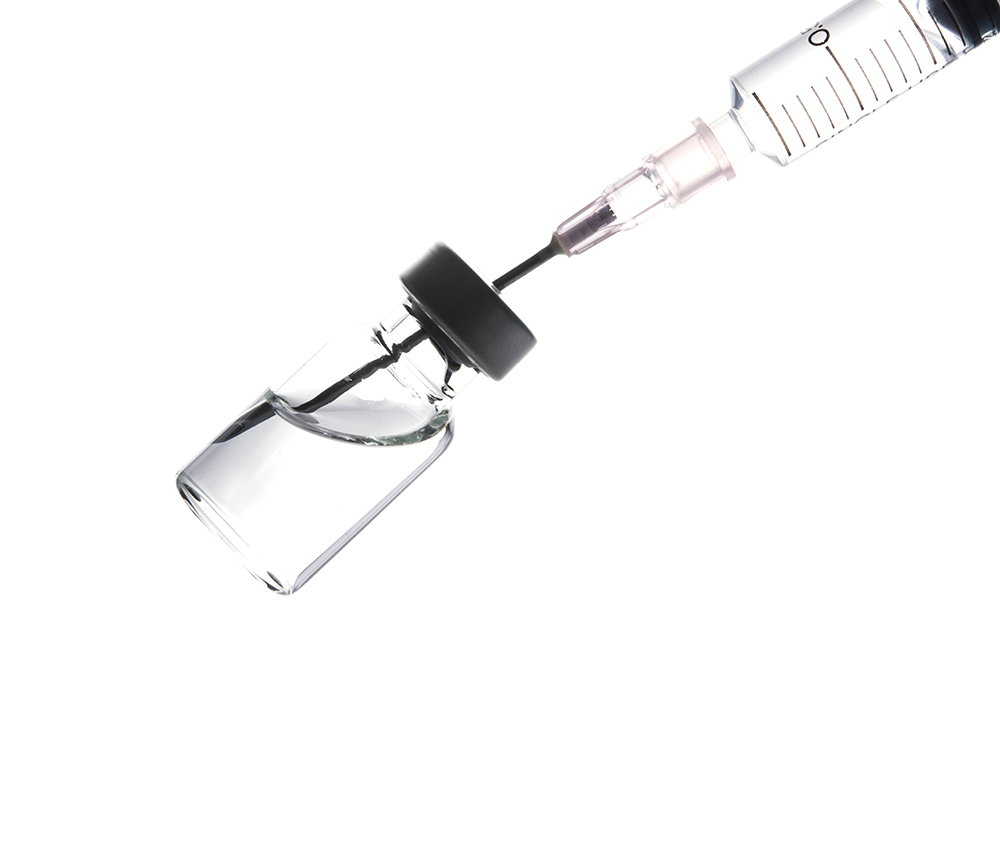
NF-κB and IAV Replication: Conflicting Reports
When an IAV infects a cell, the cell releases a protein called interferon (IFN) which repels virus propagation by activating other proteins in the same cell as well as in other cells to which it attaches, recruiting immune cells and other defences, leading to an immune response. One protein important for activation of IFN is NF-κB. For NF-κB activation, a group of assembled proteins known as the IKK complex is needed. The IKK complex consists of two kinases (IKKα and IKKβ), as well as the scaffold protein NEMO.
Several studies analysing the effect of NF-κB over-activation have shown that NF-κB exhibits anti-viral activity against IAVs. However, other studies interfering with NF-κB activation pathways have shown that NF-κB supports IAV replication. For example, it has been found that when the IKK complex is inhibited using various small molecules, IAV infection is severely impaired in human cell lines.
Due to the confusion around the role of NF-κB in IAV replication, Professors Pleschka and Schmitz decided to delete two different, critical components of the canonical NF-κB activation pathway; the NEMO protein and the DNA-binding protein p65, both essential components of the IKK complex and of the NF-κB, respectively. MLE-15 control cells and the MLE-15 knock-out cells lacking either NEMO or p65 were then infected with the mouse-adapted SC35M or the non-adapted avian SC35 virus.
Notably, both viruses differ in only nine positions in six viral proteins. The SC35M virus grew well in the cells with the active NF-κB. However, SC35 replicated weakly in the cells that expressed active NF-κB. When NEMO or p65 were deleted, the replication of the mouse-adapted SC35M was not altered but replication of the avian SC35 was strongly increased. These experiments suggested that the effect of NF-κB on IAV propagation depends on the genotype of the respective virus.

Looking to the Future
Professors Pleschka and Schmitz now plan to investigate the functional role of phosphorylation of several IAV proteins that they found to be phosphorylated during their initial studies, given that some sites are located in key areas for the viral proteins. Phosphorylation sites that are identical among different avian and human viruses will be mutated alone or in combination, and the researchers will study whether virus replication is affected.
The identification of essential phosphorylation sites may allow the determination of the responsible kinases and thereby determine new targets for anti-viral approaches. Furthermore, they will generate antibodies that bind to the phosphorylation sites to monitor whether specific kinase inhibitors prevent phosphorylation and thereby aim to identify the kinases that are responsible for transferring the phosphate group. In addition, they will study the importance of selected kinases for IAV replication in mouse and human lung epithelial cells.
Another aim is to identify the interactions that specific IAV-regulating kinases have with other proteins by immunopurification of the kinase and its associated proteins followed by identification of the inter-actors using a technique known as mass spectrometry.
It is hoped that increased knowledge of the kinase signalling pathways that regulate IAV replication will lead to the ability to block these pathways using small molecule drugs which will, in turn, prevent IAV replication within the cell. Critically, if IAV replication can be impaired it could be possible to slow down or even prevent many thousands of causes of flu that occur annually as a result of this enigmatic virus threatening human health.
Reference
https://doi.org/10.33548/SCIENTIA476
Meet the researchers
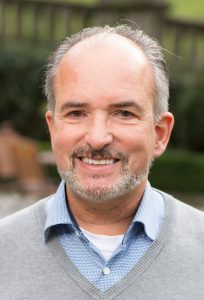
Professor Stephan Pleschka
Justus-Liebig University Giessen
Germany
Dr Stephan Pleschka is a professor at the Institute of Medical Virology at Justus-Liebig University Giessen where he studies the molecular biology of influenza viruses, including how they are transmitted and cause disease, with a view to informing new therapeutic approaches. He is also a faculty member of the German Centre for Infection Research (DZIF) and at the Universities of Giessen and Marburg Lung Centre (UGMLC). He completed his PhD in Biology at the University of Marburg and was a postdoctoral researcher at the Institute of Virology and the Institute of Microbiology and Genetics at Justus-Liebig University Giessen, Institute of Virology at the University of Marburg, and the Mount Sinai School of Medicine in New York. He is a principal investigator at the DFG Collaborative Research Centre SFB 1021 and the DZIF in the Translational Unit ‘Emerging Diseases’.
CONTACT
E: stephan.pleschka@viro.med.uni-giessen.de
W: https://www.uni-giessen.de/faculties/f11/departments/medical-virology/research-1/ag-pleschka
KEY COLLABORATORS
Professor Silke Rautenschlein, Hannover, Germany
Professor Susanne Herold, Gießen, Germany
Professor Stephan Ludwig, Münster, Germany
Professor Oliver Planz, Tübingen, Germany
Dr Thorsten Wolff, Berlin, Germany
FUNDING
German Ministry for Education and Research (BMBF)
German Research Foundation (DFG)
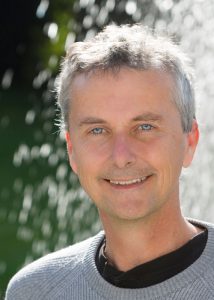
Professor M Lienhard Schmitz
Justus-Liebig University Giessen
Germany
Professor M Lienhard Schmitz is the Director of the Institute of Biochemistry at Justus-Liebig University Giessen, where he is also a professor undertaking research into the mechanisms of signal transduction and inducible gene expression. He obtained his PhD in Freiburg and then completed his postdoctoral training at the Gene Center in Munich. After working as a group leader at the German Cancer Research Center in Heidelberg (Germany) and at the University of Bern (Switzerland), he was appointed as a full professor of biochemistry at the University of Giessen (Germany) in2005. He is currently an executive editor of BBA-MCR, the member of several scientific advisory boards, and an executive board member of the DFG Collaborative Research Center 1021.
CONTACT
E: lienhard.schmitz@biochemie.med.uni-giessen.de
W: https://www.uni-giessen.de/fbz/fb11/institute/biochemie/forschungbiochemie/agschmitz
KEY COLLABORATOR
Professor Michael Kracht, Giessen
FUNDING
German Research Foundation (DFG) (https://gepris.dfg.de/gepris/person/219661145?language=en)
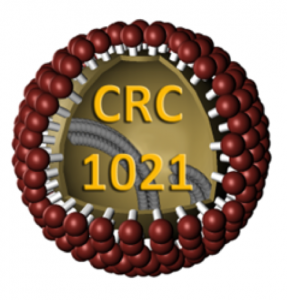
Creative Commons Licence
(CC BY 4.0)
This work is licensed under a Creative Commons Attribution 4.0 International License. 
What does this mean?
Share: You can copy and redistribute the material in any medium or format
Adapt: You can change, and build upon the material for any purpose, even commercially.
Credit: You must give appropriate credit, provide a link to the license, and indicate if changes were made.
More articles you may like
Grandmothers: Innovation Through Tradition
Grandmother Project – Change through Culture (GMP) is an organisation dedicated to documenting the role of grandmothers and demonstrating the effectiveness of grandmother-inclusive strategies in improving the health and well-being of women, children, and adolescents. GMP’s groundbreaking work challenges conventional wisdom to transform community-based interventions in Africa and beyond, harnessing a powerful but often overlooked resource: the wisdom and influence of grandmothers.
Dr Robert Larkin | Cultivating Change to Improve Soil Health and Increase Potato Yield
Environmental quality and food production are facing the pressing challenges of climate change and global population growth. Dr Robert Larkin from the United States Department of Agriculture-Agricultural Research Service (USDA-ARS) and a team of plant scientists developed and tested a range of crop management systems to help overcome these compounding challenges. Their work is improving soil health and increasing the yield of potato crops, contributing to the future food security of nations.
Professor Giorgio Buttazzo | Artificial Intelligence and a Crossroads for Humanity
Where do we stand with artificial intelligence? Might machines take over our jobs? Can machines become conscious? Might we be harmed by robots? What is the future of humanity? Professor Giorgio Buttazzo of Scuola Superiore Sant’Anna is an expert in artificial intelligence and neural networks. In a recent publication, he provides considered insights into some of the most pressing questions surrounding artificial intelligence and humanity.
Dr Ralf Adam | New Technologies Shaping the Future of Oral Hygiene
Understanding the efficiency of various toothbrush technologies is essential for achieving optimal oral health. Dr Ralf Adam, who leads a dedicated team at Procter & Gamble in Germany, is keen to investigate the complexities of these technologies. His team have provided new insights into the best toothbrush types for plaque removal and the maintenance of gum health. By highlighting the importance of informed oral care decisions and ongoing investigations, this vital research works towards ensuring everyone can achieve a brighter, healthier smile.




